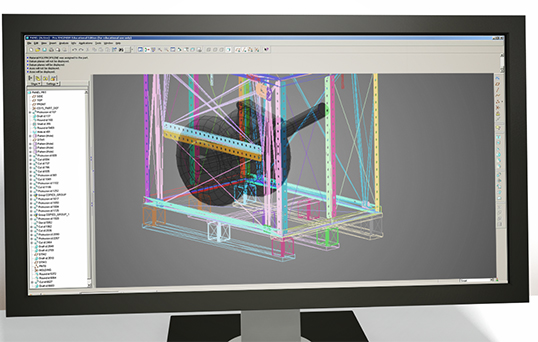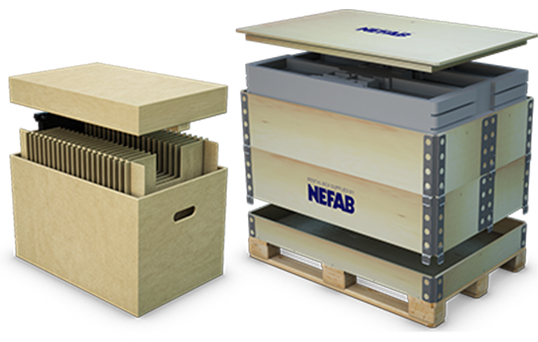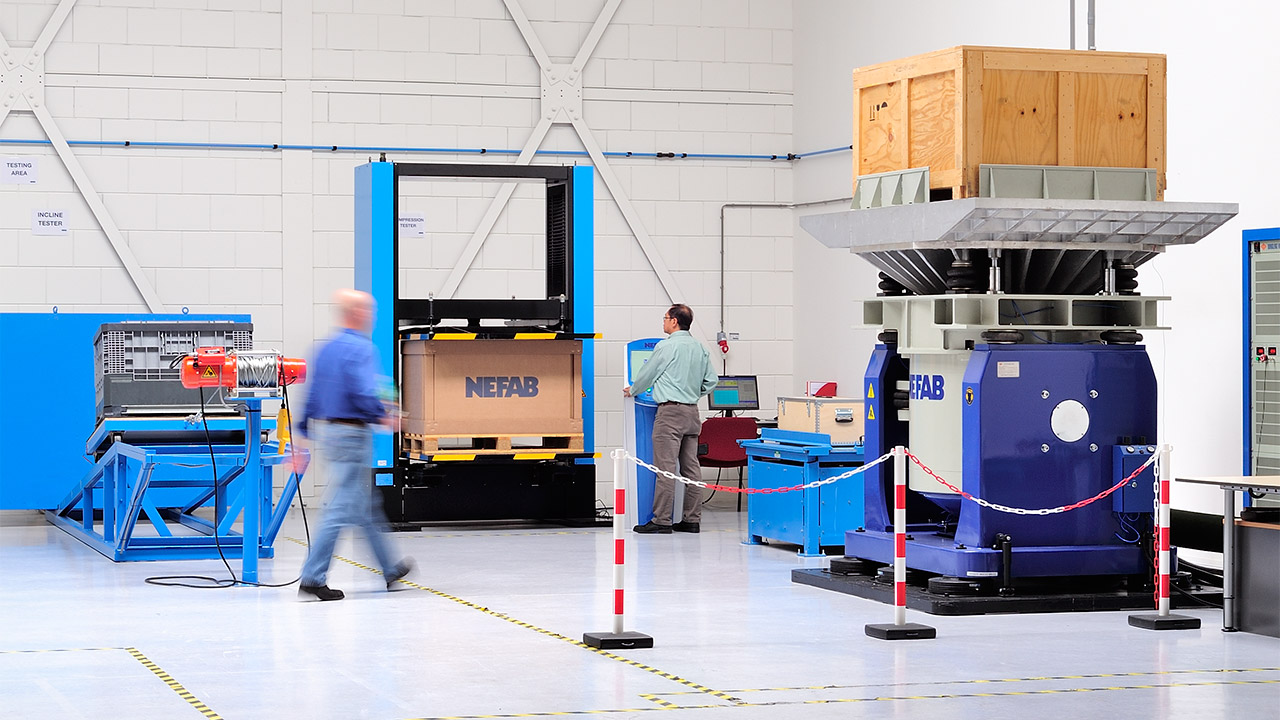What considerations must be taken?
With solutions that reduce the amount of packaging materials and the overall size and weight of a package, you may find that you can lower costs in many different areas. Before you start to see the savings, though, you have to optimize your packaging. There are a few different things to consider here. The first is the overall size of the package. If your packaging is already just slightly larger than the product, it may not be possible to reduce it further. However, you may be able to reduce the interior packaging. If you use a large amount of paper or packing foam, you may be able to replace that material with air pockets. These air bubbles cost virtually nothing and weigh almost nothing, too.
Of course, it is not always that simple. You do have to make certain the products are cushioned and protected from damage. You also must consider the method of shipping you are using since that can impact the type of packaging you need.
These considerations can play a part in the different steps of packaging optimization. Once you have determined what products you want to replace packaging for, you can put each through this six step process to reduce or replace some of the packaging materials you are currently using.
Analysis Phase
1. Define and analyze the product. This is necessary to determine what type of packaging is needed. One of the main things to focus on is how fragile the product is. Look at its various vulnerabilities and how easily the product could be damaged. It is also good to look at things such as how easily a product could be broken, bent, or scratched.
2. Define the environment the product will be in. This includes the type of transportation used and the storage area your product will be in. The packaging you will use will depend a lot on the environment your packages will be in. Determine what risks your products will likely be exposed to, including turbulence, humidity, and altitude.
3. Determine what material will be used. Now that it is understood what your product needs are and the environmental factors it will be subjected to, you can look at the different materials available for packaging. Fragile materials may need packaging that offers extensive cushioning, while products that will be transported through highly humid areas may need packaging that is moisture resistant. Try to avoid packaging that will leave a lot of empty space between it and the product. This space not only may need to be filled, it also reduces the number of packages you can have on one truck, plane, or shipping container, creating unused space that you will end up paying for.
Design & Testing Phase
4. Design the packaging. There are many different options here, so you must ask yourself more questions before committing to a design. Do you want to have expendable or reusable packaging? Will the pallets be returned? What sort of long-term packaging needs does the product have? All of this needs to be taken into consideration during the design phase. Additionally, some materials are stronger or more flexible than others, which will impact your design. It is important to balance your attention between the big picture and small details as well, as sometimes focusing too much on making one part of your packaging optimal can decrease the overall optimization.
5. Test the packaging. Once the prototype of your new packaging has been created, it must be tested to see if it can be improved in any way. A number of different tests should be employed to simulate different conditions the solution can be subjected to in its life cycle, such as vibration, drops, or high humidity. If the product is damaged at all during these tests, changes and improvements to the design should be considered. In this case, it might be beneficial to change materials, size, shape, or one of several other factors.
If a new prototype has been made, it should be run through testing again. Did anything change? Was the product more or less protected? If more, is this new level of protection satisfactory, or should there be additional changes? It may be that you need to go through the testing and revision process several times before you have a packaging solution you believe provides the best protection for its size, weight, and cost.
6. Do one final test. After all revisions have been made, it is time for a final release test. No packaging should pass this test unless it has met every standard you have set for it. Packaging that is too expensive, too heavy, too large, or simply does not provide the protection needed, needs to be revised, even if there is just one thing that does not meet your needs.
Why do all of this testing? Besides being useful in creating the best packaging possible, it will also be useful to have documented testing and revisions on hand in case you need to file an insurance claim. It is much harder to get full coverage from an insurance company if you cannot show that you did everything possible to protect the product.
How Can Nefab Help?
What can Nefab do to help you? We have years of experience walking customers through steps and can do the same for you, no matter your situation. Our engineers have the expertise and tools to design and test the best possible packaging for your products, with the goal of lowering your costs, protecting your products, and decreasing your carbon footprint. Contact us today to see how we can help optimize your packaging.


